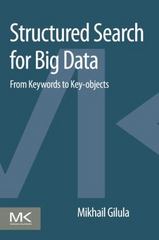Answered step by step
Verified Expert Solution
Question
1 Approved Answer
RunBudget.java code No try statement, this. useage. All methods/classes public. Use of if, while, do-while loops, switch statements, arrays okay. Your Budget.java program currently collects
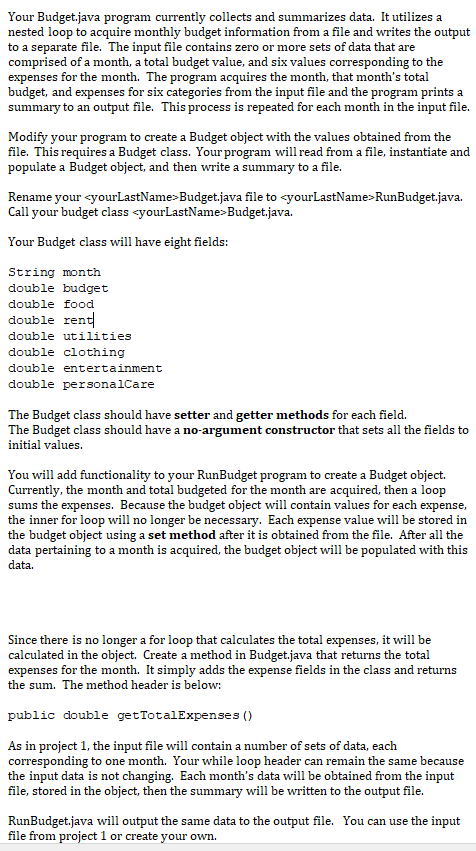
RunBudget.java code
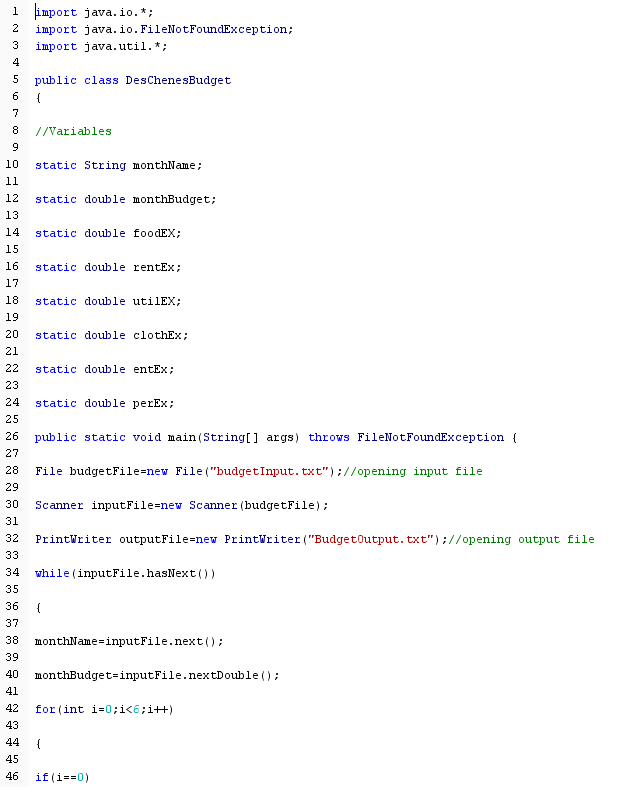
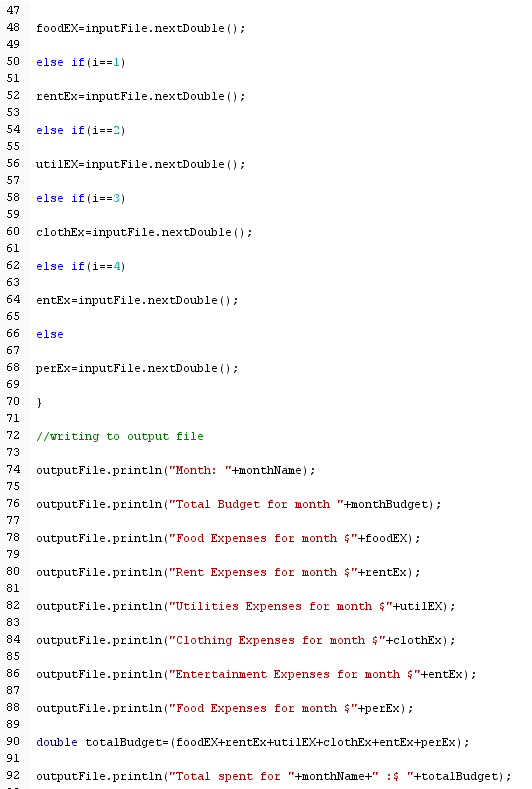
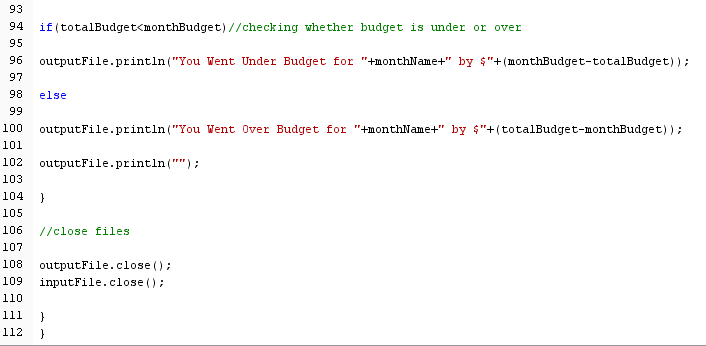
No try statement, this. useage. All methods/classes public.
Use of if, while, do-while loops, switch statements, arrays okay.
Your Budget.java program currently collects and summarizes data. It utilizes a nested loop to acquire monthly budget information from a file and writes the output to a separate file. The input file contains zero or more sets of data that are comprised of a month, a total budget value, and six values corresponding to the expenses for the month. The program acquires the month, that month's total budget, and expenses for six categories from the input file and the program prints a summary to an output file. This process is repeated for each month in the input file. Modify your program to create a Budget object with the values obtained from the file. This requires a Budget class. Yourprogram will read from a file, instantiate and populate a Budget object, and then write a summary to a file. Rename your cyourLastName-Budget.java file tcyourLastName>RunBudget.java. Call your budget classStep by Step Solution
There are 3 Steps involved in it
Step: 1

Get Instant Access to Expert-Tailored Solutions
See step-by-step solutions with expert insights and AI powered tools for academic success
Step: 2

Step: 3

Ace Your Homework with AI
Get the answers you need in no time with our AI-driven, step-by-step assistance
Get Started


